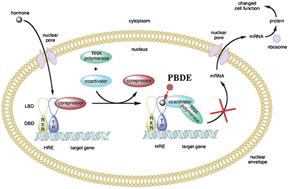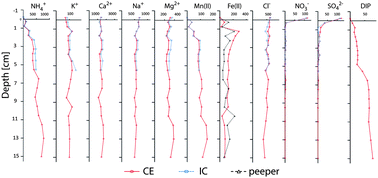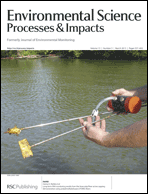In the second post of our Introducing series, we’re very pleased to introduce Editorial Board member Young-Shin Jun to the Environmental Science: Processes & Impacts blog readers!
Young-Shin Jun is an Associate Professor of Energy, Environmental & Chemical Engineering at Washington University (St. Louis, USA), where she leads the Environmental NanoChemistry Laboratory. She is a 2011 U. S. National Science Foundation CAREER award recipient. Her research focuses on interfacial reactions in complex aqueous systems. Her research group’s projects include elucidating physicochemical reaction mechanisms occurring during water reuse through aquifer storage, treatment, and recovery to secure underground sources for drinking water; improving our understanding of the fate and transport of contaminants and nanoparticles; and providing more environmentally sustainable CO2 sequestration strategies. Prior to her position at Washington University, she conducted postdoctoral research in Nanogeoscience at the University of California at Berkeley/Lawrence Berkeley National Laboratory, Berkeley, USA. She holds an S.M. and Ph.D. in Environmental Chemistry from Harvard University (Cambridge, USA). She received her B.S. and M.S. in Environmental Science and Engineering at Ewha Womans University (Seoul, Korea).





















